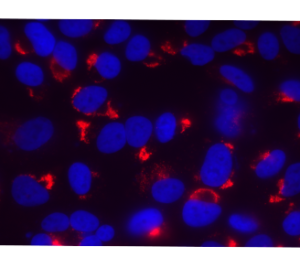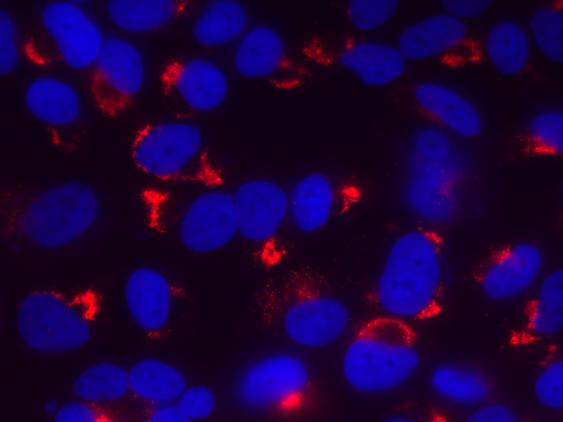- {{heading}}
- Ab00458-1.1 Anti-dsRNA [9D5]
- Virus
- Mouse IgG1
- Purified
- In Stock
- Ab00458-23.0 Anti-dsRNA [9D5]
- Virus
- Rabbit IgG
- Purified
- In Stock
- Ab00458-21.0 Anti-dsRNA [9D5]
- Virus
- Mouse IgM
- Purified
- In Stock
- Ab00458-2.0 Anti-dsRNA [9D5]
- Virus
- Mouse IgG2a
- Purified
- In Stock
- Ab00458-2.3 Anti-dsRNA [9D5]
- Virus
- Mouse IgG2a
- Fc Silent™
- Purified
- Ships in 4-5 weeks

 United Kingdom (UK)
United Kingdom (UK) 
